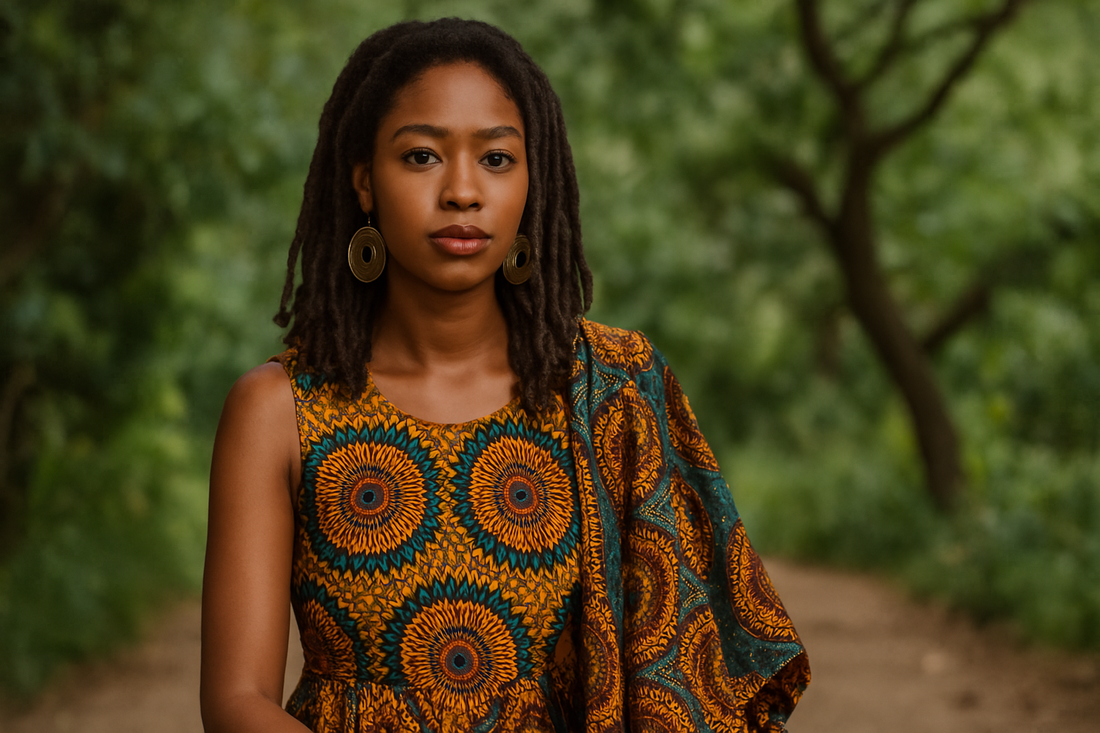
Rooted in Style
Share
In 1930s Brazil, African heritage played a powerful role in shaping the country’s fashion. This influence was especially visible in coastal regions like the Northeast and Rio de Janeiro, where Afro Brazilian communities lived and celebrated their culture. The clothing styles during this time were vibrant, expressive, and deeply rooted in African traditions (Flashback Summer, 2015). These styles not only reflected cultural pride but also became a way for people to resist social pressures to conform to European standards.
A famous example of this influence is the Baiana dress, worn by Afro Brazilian women. It features long, full skirts, white cotton blouses, layered petticoats, and a headwrap known as an ôja. These outfits were often decorated with lace, embroidery, and colourful beads, especially those used in religious practices like Candomblé (Figueirinha, n.d.). Wearing the Baiana dress was more than just a fashion choice it was a symbol of identity, tradition, and resistance.
The 1930s was also a time of great social and political change in Brazil. Although Afro Brazilians faced racism and discrimination, they continued to express themselves through culture, music, and fashion. Organizations like the Frente Negra Brasileira were formed to protect Afro Brazilian rights, but many were shut down by the government (Black Brazil Today, 2014). Despite this, African-inspired fashion continued to thrive and serve as a visual form of empowerment.
Afro-Brazilian women in particular used fashion to claim visibility in a society that often tried to erase their contributions. Their clothing became a statement of dignity and strength. These styles didn’t fade with time they continue to influence Brazilian fashion today. Modern designers often use African prints, headwraps, and beadwork in their collections, honoring the past while creating something new (Stewart, 2022).
In the end, the influence of African heritage in Brazilian fashion is not just about what people wore. It tells a deeper story of culture, history, and resilience that remains a vital part of Brazil’s national identity.
Can Yigit Saglam
Black Brazil Today. (2014, January 30). The Frente Negra Brasileira: In the 1930s, government and intelligence agencies extinguished the first large scale Afro-Brazilian rights organization. https://blackbraziltoday.com
Figueirinha, B. (n.d.). Clothes as a factor of distinction and resistance in Rio de Janeiro at the end of the 19th century. https://cultura.gob.es
Flashback Summer. (2015, February). African and 1930s trends. https://flashbacksummer.com
Stewart, M. (2022). Feminists and fashion plates: The Brazilian Mulher Moderna in O Cruzeiro. https://scalar.usc.edu
